Speed and Collision Safety
The majority of skiing and snowboarding collisions are avoidable.
Always be ready to stop or avoid others and objects at any time.
Be Ready
Be ready to slow down or avoid objects or other people at any time.
Ski and ride in such a way that you are always able to control yourself regardless of conditions and avoid others and objects you may encounter on the run, groomed or otherwise.
Plan Ahead
Ease up at blind spots, check uphill when merging onto trails, and give other skiers plenty of room when passing.
If you are unfamiliar with a run, take it easy the first time down. Give other skiers and riders lots or room, especially if you are passing them. There’s plenty of space out there, so there’s no need to crowd each other.
Stay Alert
Stay alert to what’s going on around you, especially other skiers and riders.
Being aware of those around and changing conditions will help you have a fun and safe day on the hill.
View this moving video about the impact speed had on the Johnson Family.
Slow Zone
Slow Zone banners and signs are often posted where trails merge, in base areas, and in other locations where skiing or riding fast poses a higher risk of collision or injury. Green runs are also generally considered Slow Zones. Please approach these areas with reduced speed and extra caution.
These zones often see the highest mix of users — from young children and beginners to seniors — and their movements can be unpredictable. Beginners and children, in particular, may make sudden turns or stops without warning and can fall in areas that aren’t easily visible from above.
Please respect Slow Zones and ride at a speed that allows you to stop or safely avoid another person if needed. Fast skiing or snowboarding in these areas can lead to serious accidents and may result in the loss of lift privileges. Remember, Slow Zones exist to protect everyone’s enjoyment of skiing and snowboarding.
How fast is too fast?
There’s an exhilaration that comes with skiing and snowboarding — the freedom, rhythm, and sense of speed. But with that excitement comes responsibility. The first point of the Alpine Responsibility Code reminds us to always stay in control and be able to stop or avoid others.
Whatever your skill level, you’re responsible for riding at a pace that keeps you in control and prevents collisions. Experienced skiers and riders sometimes overestimate their ability to react or anticipate others. True skill isn’t about speed — it’s about reading the terrain, adapting to conditions, and making safe decisions.
Conditions change quickly. Visibility, snow surface, and traffic all affect how much space you need to stay safe. Maintain distance from others, especially beginners and children who may turn or stop suddenly. Pass with plenty of space and at a controlled pace.
Match your speed to the terrain, conditions, and people around you. Control, awareness, and respect for others define great skiing and snowboarding.
